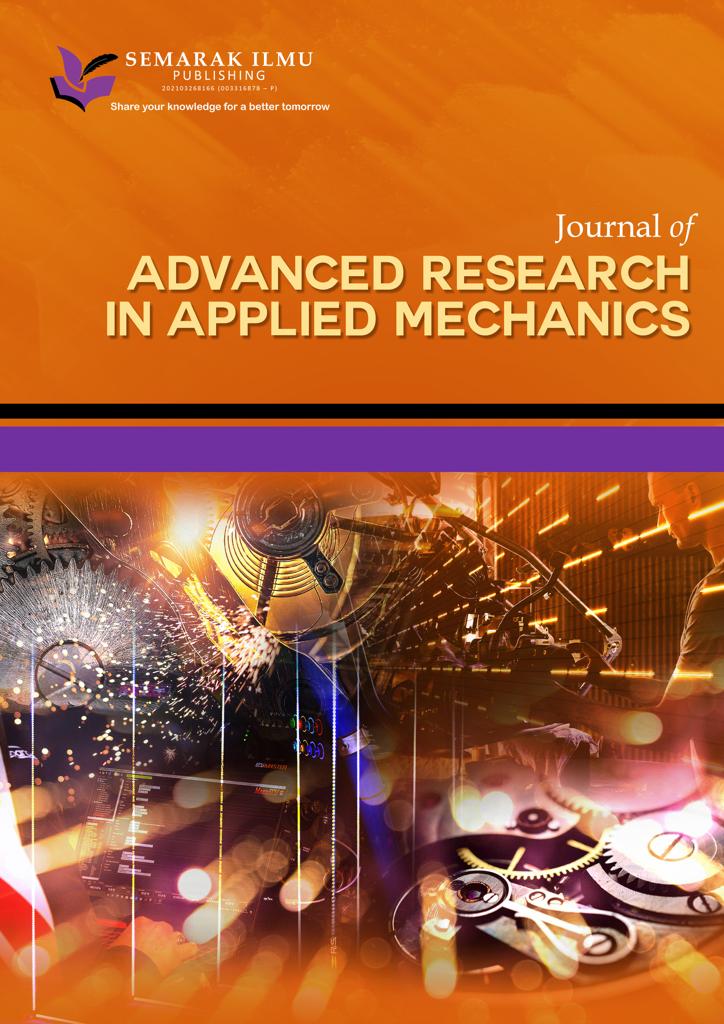Radiative Mixed Convection Flow Over a Moving Needle Saturated with Non-Isothermal Hybrid Nanofluid
DOI:
https://doi.org/10.37934/arfmts.88.1.8193Keywords:
Boundary layer flow, Mixed convection, Solar radiation, Non-Isothermal, Viscous dissipation, Moving thin Needle, Hybrid nanofluidAbstract
A steady incompressible boundary layer flow and heat transfer past on a moving thin needle saturated with hybrid nanofluid are investigated with the effects of solar radiation and viscous dissipation. The simulation is also influenced by the effects of thermophoresis and Brownian motion. We consider (Al2O3-Cu-water) as a hybrid nanofluid, where water is the base fluid and alumina and copper are the hybrid nanoparticles. By utilizing the technique of similarity transformations, we transformed the dimensional partial differential equations into dimensionless ordinary differential equations. Using the MAPLE software scheme, the transformed equations have been solved numerically. The graphical representation of different parameters including Mixed convection, Power-law exponent, Buoyancy ratio parameter, Eckert number are illustrated on velocity, temperature, the concentration of nanoparticles profiles and explained in detail. Skin friction coefficient, heat transfer rate, and mass transfer rate are also obtained numerically. With the presence of hybrid nanoparticles, the heat transfer rate is higher in all cases. In the temperature profile, we observed a reduction with the increasing values of the mixed convection parameter. It also revealed that greater values of volume fraction of nanoparticle (Cu) reduce the mass transfer rate but accelerates the heat transfer rate.
Downloads



























